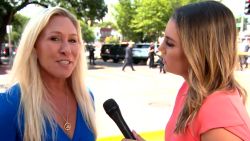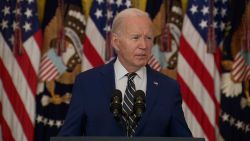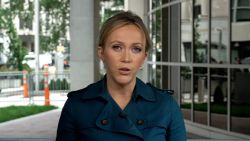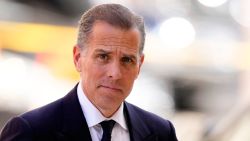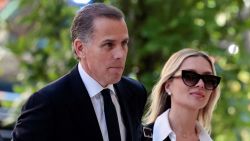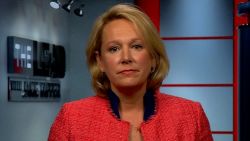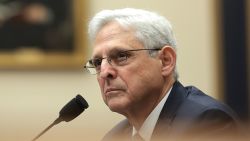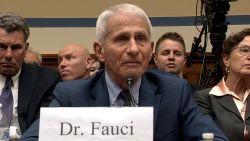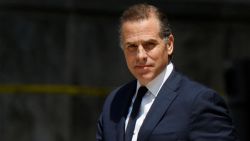Editor’s Note: Thomas Balcerski teaches history at Eastern Connecticut State University. He is the author of “Bosom Friends: The Intimate World of James Buchanan and William Rufus King” (Oxford University Press). He tweets @tbalcerski. The opinions expressed in this commentary are his own. View more opinion at CNN.
President Donald Trump’s first rally since the pandemic began was a total dud. Despite predictions of an overflow crowd, there were many empty seats in the Tulsa, Oklahoma arena, and the Trump campaign is now rethinking plans for a series of rallies in other states. The low turnout is a stark reminder of the effects of Covid-19 on the presidential race.
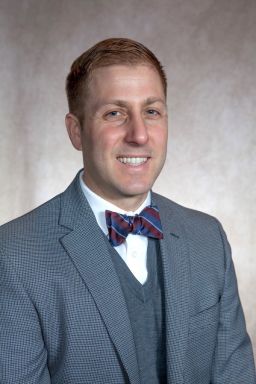
Since March, the Biden and Trump campaigns have largely been conducted virtually. These last several months recall a time in American history when candidates actively chose to stay at home. In those long-ago “front porch” campaigns, which ran on and off from 1880 to 1920, the approach both accentuated candidates’ likability through a folksy veneer and limited their liabilities by controlling the environment in which they appeared. More importantly for today’s contest, history shows that those candidates who stayed at home usually won.
Until the 20th century, presidential candidates seldom traveled to give public addresses, worried that such electioneering appeared unstatesmanlike. Instead, presidential standard-bearers relied on surrogates to take the stump and make partisan arguments on their behalf.
As newspaper circulation increased and transportation improved during the 1840s and 1850s, presidential nominees could feasibly receive visitors at their homes. But in 1860, Democratic candidate Stephen Douglas shattered the stay-at-home precedent and took to the field to campaign for himself, opening the door for future candidates to do the same. Of course, Douglas lost in the election, which Republican Abraham Lincoln won.
After the Civil War, the front porch campaign emerged as an antidote to the new electioneering style. In 1880, Republican candidate James Garfield aimed to place himself above the political fray by receiving visitors at his farmhouse in Mentor, Ohio. The strategy worked and proved remarkably inclusive for the time, as visitors included groups of women and the famed Fisk Jubilee Singers.
By contrast, in 1884, Republican candidate James G. Blaine barnstormed across the country on national speaking tour, but he landed himself in electoral trouble when he appeared alongside a supporter who incautiously denounced the Democrats as the party of “rum, Romanism, and rebellion.” Blaine lost the election to Grover Cleveland by a slim margin.
The front porch strategy survived Garfield’s assassination. In 1888, Benjamin Harrison resumed Garfield’s approach and accepted visitors at his Indianapolis home. Harrison explained his reasons for doing so to a confidante: “I have a great risk of meeting a fool at home, but the candidate who travels cannot escape him.” Well-wishers numbering in the thousands arrived between July and October. The political upshot was that newspapers quoted the candidate almost daily, and Harrison beat Cleveland in the fall.
In 1896, William McKinley’s campaign rolled out a front porch strategy – on steroids. Campaign manager Mark Hanna choreographed visitations by hundreds of delegations to the candidate’s home in Canton, Ohio.
A diverse set of the electorate attended, including farmers and workers, businessmen and veterans, young and old. Representatives of the groups delivered prepared remarks, to which the candidate replied. The scripted strategy paid dividends – by election day, more than 750,000 people from 30 states had heard McKinley speak.
The mass gatherings were not completely tame, however, and visitors often left with more than inspiration. Blades of grass and pieces of the wooden fence and porch were taken home as souvenirs, leaving the grounds of McKinley’s home stripped clean.
All things considered, the alternative was much worse for McKinley, an awkward public speaker, who worried that his silver-tongued opponent, William Jennings Bryan, would clobber him on the stump. “I might just as well put up a trapeze on my front lawn and compete with some professional athlete as to go out speaking against Bryan,” he complained. The result? McKinley crushed Bryan in November.
The front porch campaign ebbed and flowed in the years ahead. In 1920, Warren G. Harding ran the last such campaign on a slogan promising a “return to normalcy” (he also promoted an “America First” policy). Crowds swarmed his home in Marion, Ohio – brass bands and glee clubs serenaded the candidate.
Of interest, Harding’s campaign managers chose the front porch strategy out of concern for their candidate’s notorious verbal bungling. “Keep Warren at home,” Republican Party boss Boies Penrose supposedly advised. “He might be asked questions if he went out on a speaking tour and Warren’s the kind of a damned fool who’d try to answer them.”
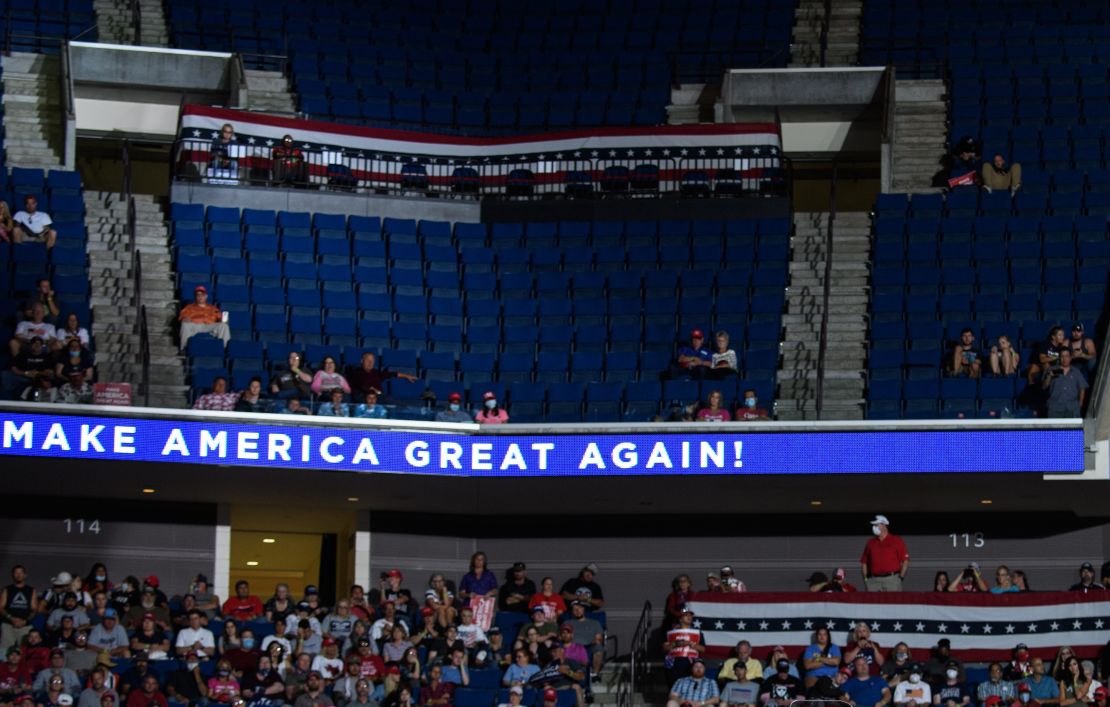
All the same, verbal gaffes ensued. After stumbling through one speech, Harding told the gathered crowd: “Well, I never saw this before. I didn’t write this speech and don’t believe what I just read.” It hardly mattered – Harding was “just folks,” as one editor put it, and he won the election in a landslide.
Of late, the Biden campaign has, perhaps unwittingly, followed a similar path to the front porch campaigns of old. The Democratic frontrunner has recorded frequent podcasts from the basement of his home in Wilmington, Delaware, and delivered speeches in response to national news.
Given the safety implications of travel amid the coronavirus pandemic, Biden has appeared in public following strict precautions for social distancing and mask wearing. Whereas President Trump has been itching to resume his large rallies, Biden seems content to address much smaller gatherings and mostly remain virtual.
In our new work-from-home era, Biden’s approach may prove more attractive to those voters who appreciate his respect for public health and safety. As a candidate, Biden has cultivated his image as “Papa Joe” and “Uncle Joe,” playing to voters’ fond memories of the Obama years. Notoriously prone to his own gaffes, Biden’s virtual campaign from home is a surer way to control his public appearances. As the front porch campaigns of old once did for maladroit public speakers, the tactic limits Biden’s liabilities as a candidate.
Vice President Biden’s videos, recorded at home, an American flag in the background, present a calming message for uncertain times, a statesmanlike answer to the incendiary tweets emanating from President Trump. For anyone who chooses to tune in, whether on YouTube or elsewhere, his messaging has remained short, to the point, and most importantly, gaffe-free. As it once did for presidential candidates of old, the approach enhances Biden’s likability.
With large public gatherings looking to be unsafe, Biden should let Trump have his rallies. To win in 2020, maybe he should just stay home.


